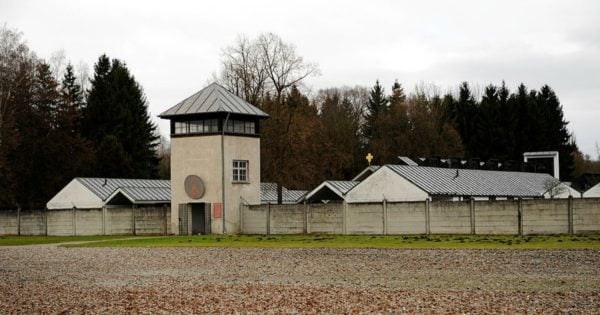
We’ve all seen movies about the atrocities carried about by the Nazis during the holocaust. Schindler’s List, Life is Beautiful, The Boy in the Striped Pyjamas and The Diary of Anne Frank are among the most famous.
While the films are shocking, nothing can compare to standing in one of the places where these crimes against humanity took place.
It was during a month-long Contiki tour of Europe that I visited Dachau Concentration Camp Memorial Site in Germany. It wasn’t in the itinerary, but as we were driving along the autobahn our tour director announced we were running ahead of schedule and we were going to include an unscheduled stop.
The more famous Auschwitz concentration camp had been on my list of places to see in Europe during my gap year living in London, but I knew getting to Poland was unlikely. This was my unexpected chance to try to grasp this horrific chapter in world history.





























































































